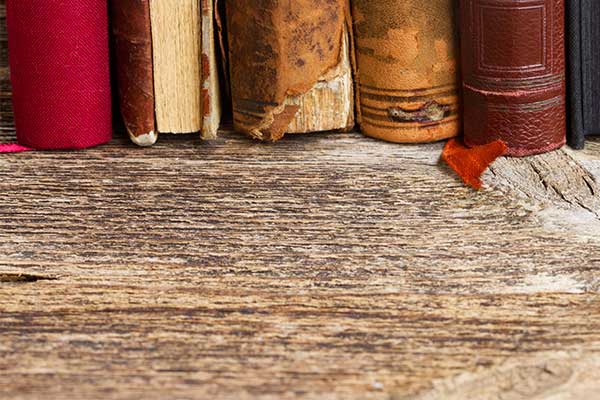
【名词&注释】
晶体结构(crystal structure)、依法行政(administration by law)、分生孢子(conidia)、限制性(restriction)、原子能(atomic energy)、子囊孢子(ascospore)、真菌孢子(fungal spore)、自律性管理、无性生殖(asexual reproduction)、接合孢子(zygospore)
[单选题]水霉无性生殖(asexual reproduction)产生的无性孢子是( )。
A. 游动孢子
B. 孢囊孢子
C. 子囊孢子
D. 分生孢子
查看答案&解析
点击获取本科目所有试题
举一反三:
[单选题]
A. replaced
B. changed
C. covered
D. improved
[单选题]
A. ageement
B. friendship
C. gap
D. relationship
[单选题]
A. careful
B. proud
C. tired
D. aware
[单选题]药事管理的限制性条件是( )。
A. 必须依法行政,违法必纠
B. 实施药事政策与法规
C. 只对药事活动施行必要的管理
D. 实行自律性管理
E. 实行强制性行政管理
[多选题]下列真菌孢子(fungal spore)中,是二倍体的是( )。
A. 担孢子
B. 卵孢子
C. 接合孢子(zygospore)
D. 子囊孢子
[单选题]DBatteries can power anything from small sensors to large systems. While scientists are finding ways to make them smaller but even more powerful, problems can arise when these batteries are much larger and heavier than the devices themselves. University of Missouri(MU) researchers are developing a nuclear energy source that is smaller, lighter and more efficient.
A. “To provide enough power, we need certain methods with high energy density(密度)”,said Jae Kwon, assistant professor of electrical and computer engineering at MU. “The radioisotope(放射性同位素) battery can provide power density that is much higher than chemical batteries.”
B. Kwon and his research team have been working on building a small nuclear battery, presently the size and thickness of a penny, intended to power various micro / nanoelectromechanreal systems (M/NEMS). Although nuclear batteries can cause concerns, Kwon said they are safe.
C. “People hear the word ‘nuclear’ and think of something very dangerous,” he said, “However, nuclear power sources have already been safely powering a variety of devices, such as pace-makers, space satellites and underwater systems.”
D. His new idea is not only in the battery’s size, but also in its semiconductor(半导体). Kwon’s battery uses a liquid semiconductor rather than a solid semiconductor.
E. “The key part of using a radioactive battery is that when you harvest the energy, part of the radiation energy can damage the lattice structure(晶体结构) of the solid semiconductor,” Kwon said, “By using a liquid semiconductor, we believe we can minimize that problem.”
F. Together with J. David Robertson, chemistry professor and associate director of the MU Research Reactor, Kwon is working to build and test the battery. In the future, they hope to increase the battery’s power, shrink its size and try with various other materials. Kwon said that battery could be thinner than the thickness of human hair.
G. 71. Which of the following is true of Jae Kwon?
H. He teaches chemistry at MU.
I. He developed a chemical battery.
J. He is working on a nuclear energy source.
K. He made a breakthrough in computer engineering.
本文链接:https://www.zhukaozhuanjia.com/download/jn86lo.html
